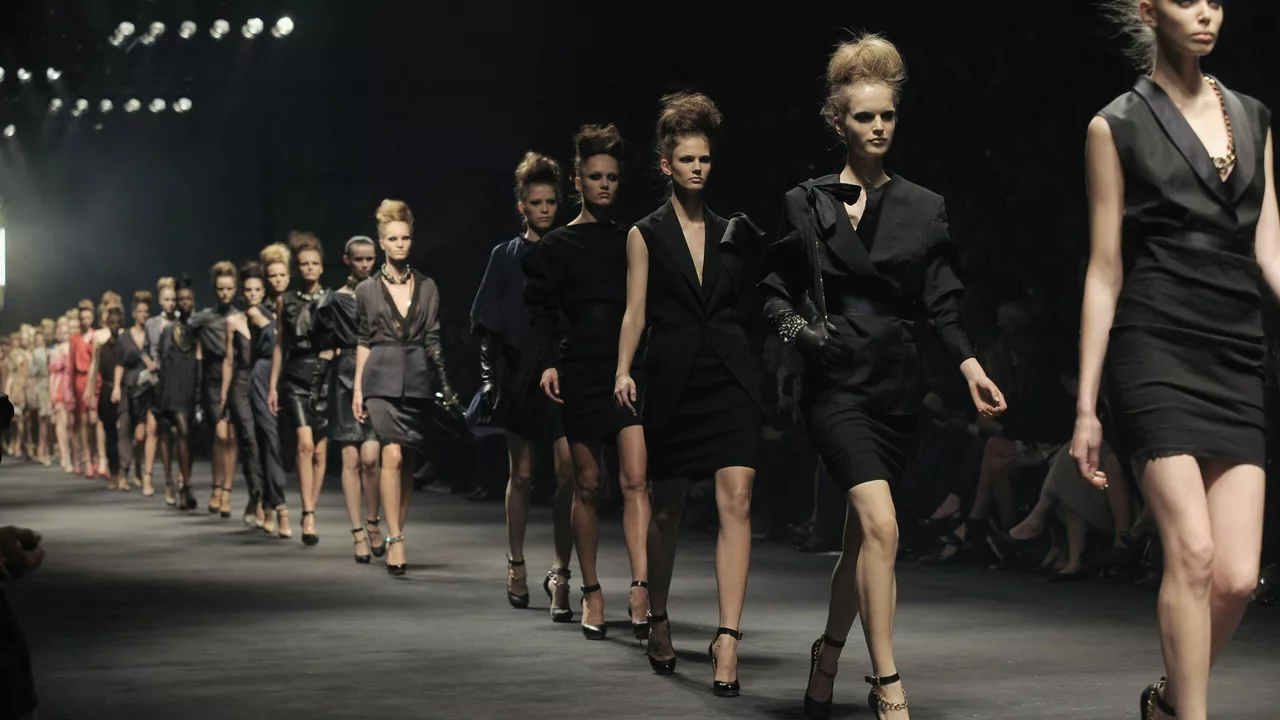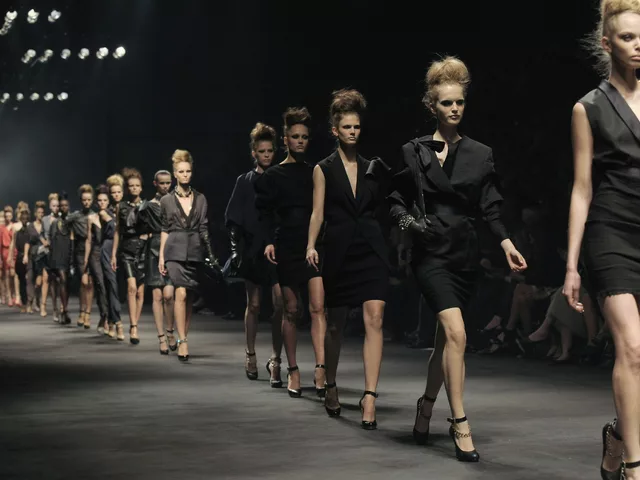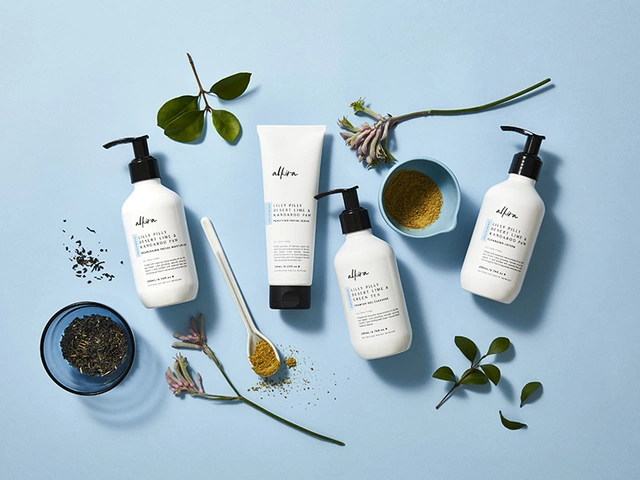Understanding the World of High Fashion and Runway Modeling
In the glamorous world of high fashion and runway modeling, physical appearance is everything. A model's body is essentially their canvas, and every little detail matters. This includes tattoos, which can be seen as personal expressions of style or as potential obstacles to a successful modeling career. In this section, we'll delve into the intricacies of the high fashion and runway modeling industry, its expectations, and how tattoos fit into the picture.
The Shift in Perception of Tattoos in Society
Over the years, the perception of tattoos has greatly shifted. What was once viewed as a symbol of rebellion is now recognized as a form of art and self-expression. Tattoos have become increasingly mainstream, with people from all walks of life sporting ink. In this section, we'll explore how this shifting perception has affected different industries, including the world of high fashion and runway modeling.
Tattoos in High Fashion and Runway Modeling: The Old Norm
Traditionally, the high fashion and runway modeling industry has had strict standards regarding models' appearances. Models were expected to have a blank canvas, free from tattoos and piercings. This was mainly because designers wanted models who could represent their clothing without any distractions. We'll look at the reasons behind these norms and how they've changed over time.
Breaking the Norm: Tattooed Models on the Runway
In recent years, we've seen a shift in the modeling industry. More and more designers are choosing models who stand out and challenge the traditional norms. This includes models with tattoos. We'll discuss some notable instances where tattooed models graced the high-fashion runways and made a statement.
The Impact of Celebrity Influence
No discussion about tattoos in the fashion industry would be complete without mentioning the influence of celebrities. Many high-profile celebrities, from musicians to actors, are heavily tattooed and proud of it. This section will explore how these celebrities have helped normalize tattoos in the fashion world and beyond.
How to Make it as a Tattooed Model
So, you've got tattoos and dreams of strutting down the runway. How do you make it happen? In this section, we'll provide tips and advice on how to break into the modeling industry as a tattooed model. We'll discuss the importance of confidence, professionalism, and finding the right agency.
Challenges Faced by Tattooed Models
While the industry is becoming more accepting of tattoos, challenges still exist for tattooed models. Some designers and brands may still prefer models without tattoos, and there can be issues with tattoo visibility and appropriateness depending on the design. We'll talk about some of these challenges and how to navigate them.
The Future of Tattoos in High Fashion and Runway Modeling
With the continued shift in societal norms and the growing acceptance of tattoos, it's interesting to ponder the future of tattoos in the high fashion and runway modeling industry. In this concluding section, we'll speculate on the potential future trends and the role tattooed models may play in shaping the industry.
Final Thoughts
In the end, the world of high fashion and runway modeling is constantly evolving. One thing is clear: tattoos are no longer the taboo they once were. Whether you're a model with tattoos or someone considering getting inked, it's an exciting time to be part of this changing industry.







